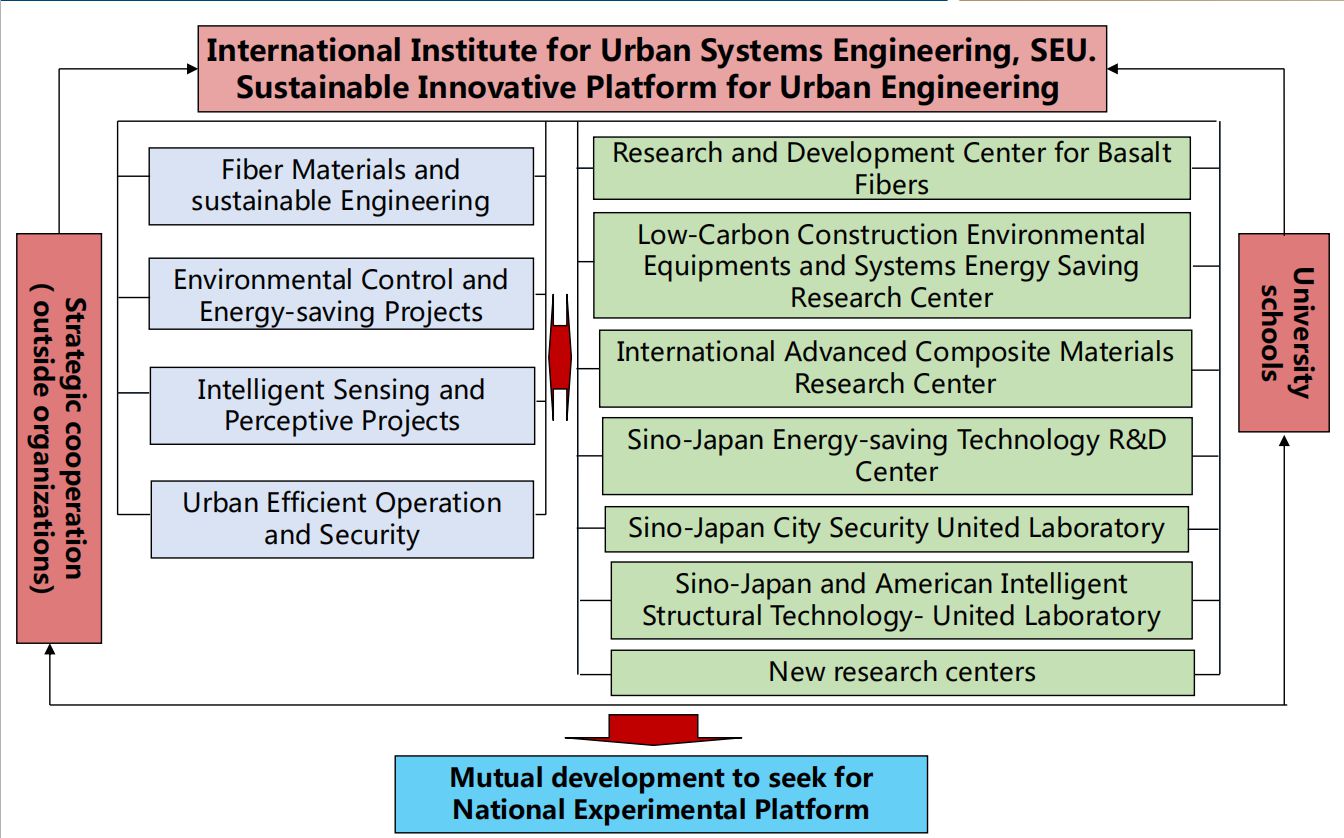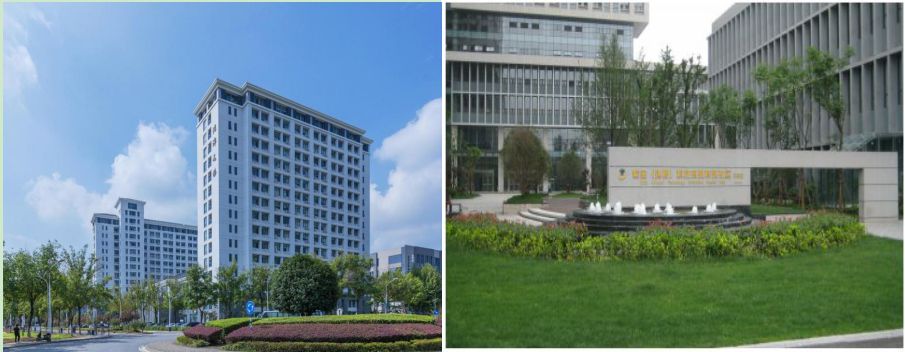Overview
The International Institute for Urban Systems Engineering (IIUSE), is a nationally recognized and rapidly growing research and education center of excellence at Southeast University, in Nanjing, China. IIUSE is an interdisciplinary university-industry-government organization, founded in 2010,with a unique and unprecedented status, authorized by the university leadership and endorsed by the government, as a“Special Academic Zone” within the University. Professor Zhishen Wu, the founding Dean of IIUSE, reports directly to SEU President and serves as a Special Assistant to the President.IIUSE’s vision and mission are in direct response to the global, societal, and technological challenges facing the future of Urban Systems Engineering and Mega Cities. As an autonomous interdisciplinary Institute, IIUSE has its own faculty who can receive tenureand promotion, similar to any academic unit. In addition, faculty from several other Schools within SEU collaborate closely with IIUSE, as part of its research staff, and carry the title of affiliate faculty with other privileges.
Due to the interdisciplinary nature of urban systems engineering, that requires expertise and collaboration of several disciplines, IIUSE brings together expertise from several closely related programs and schools at SEU that are ranked, by the Ministry of Education, among the top 5 best programs in China. Out of 20 national key disciplines at Southeast University, 5 are ranked among top 5, and 6 are ranked among top 10 in China. IIUSE’s partner schools include: School of Civil Engineering, (No. 3, tied with Tsinghua), has 146 faculty members, including 21 members of the National Academy of China, and has 2100 students, including 500 graduate students. Major Key disciplines and research programs of the School include Structural Engineering, which is a State Key Discipline and has 203 graduate students; Disaster Prevention and Mitigation, with 117 graduate students, and Geotechnical Engineering, with 86 graduate students. Other programs include Bridge, Tunnel, and Geotechnical Engineering, and Engineering Mechanics. School of Architecture (No. 3; Landscape Architecture No. 1), has 100 faculty members, including 3 National Academy members, and 450 graduate students. School of Transportation and Communication (No. 1), has 230 faculty members, including one National Academy member, and 700 graduate students.Other partner schools include Materials Engineering, Electrical and Telecommunication, and School of Energy and Environment.
IIUSE is growing its linkages with other disciplines, faculty expertise and programs within SEU, with other top Chinese universities, and with other major research universities around the globe, especially those in the US and in Europe. For instance, IIUSE has a joint research center with a prominent university in Japan,a comprehensive collaboration with the Department of Information Engineering and Fiber Optics Research Laboratory at the University of Padova, Italy, and other formal collaborations that are being finalized with several top research universities in the US.
VISION
IIUSE’s vision is to become a world renowned global university-industry-government research and education center of excellence for addressing the challenges and the needs of industry and the global society in the emerging, complex and interdisciplinary field of urban systems engineering and mega cities.

MISSION
•Carry out and generate fundamental and applied research; develop new methodologies and tools, and utilize advanced and emerging technologies for Urban Systems Engineering.
•Create relevant academic and professional development programs for training of professionals and next generation of engineers to meet the future global challenges in urban systems engineering.
•Generate fundamental and applied knowledge relevant to Urban Systems Engineering through partnerships with top
universities around the world.
•Provide a forum where the industrial, government and academic sectors from around the globe can jointly address
relevant interdisciplinary problems and challenges facing urban systems and mega cities.
•Serve as an educational center for developing projects and programs for training professionals and future engineers, disseminating results, and exchanging new knowledge through international conferences, symposia, forums, student and faculty exchange, joint lab-to-lab and other types of global partnerships that would serve the needs of the government, industries and the global society.
